How to Choose Heat-Resistant Gloves
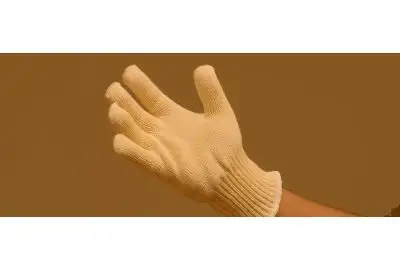
We've all experienced burns, and we know it's not a pleasant feeling. Minor burns are common, but they can be a reminder of how serious a severe burn can be. Workplace burn injuries have been documented for decades, and many stories from victims emphasize the importance of taking heat hazards seriously.
If you're reading this, you're likely looking for ways to prevent burns. The best way to treat a burn is to avoid getting one in the first place. While there are many types of PPE for burn prevention, today we focus on heat-resistant gloves. Let’s explore how to choose the right ones.
What Are Heat Resistant Gloves?
The first thing to understand about heat-resistant gloves is that they aren’t completely heatproof. There's no such thing as heatproof gloves. Instead, they offer protection up to a certain temperature, depending on their rating. We'll go into more detail about ratings shortly.
Heat-resistant gloves are not the same as fire-resistant gloves. Some are fire-resistant, but many aren't. Always check the product information and ratings to see if your gloves also provide fire resistance.
So, what exactly are heat-resistant gloves? They are designed to protect against burns and reduce their severity if a burn occurs. No one wants to get burned, but accidents happen. Having the right PPE can make a big difference in the outcome. A second-degree burn can become a third-degree without proper protection.
A key lesson when choosing PPE is never to assume anything. Always check the ratings and ensure your gear is suitable for the hazards you’ll face. Don’t assume gloves are heat-resistant just because they look like it. Heat-resistant gloves can come in various forms, from welding gloves to regular work gloves with the right rating.
Different Types of Heat-Resistant Gloves
Picking the right pair of heat-resistant gloves follows the same process as selecting any other PPE. Start by assessing the hazard and working backward. You might think you already know the type of heat involved, but you need to be specific. Consider the type of heat, its intensity, and any additional safety requirements.
Type of Heat
What kind of heat will you encounter? Here are some common types:
Contact heat – Will you be touching hot objects directly?
Convectional heat – Will you be working in an environment where the air is dangerously hot?
Radiant heat – Will your hands be near a heat source that emits radiation?
Splashes and spills – Is there a chance of hot liquids or molten material splashing onto your hands?
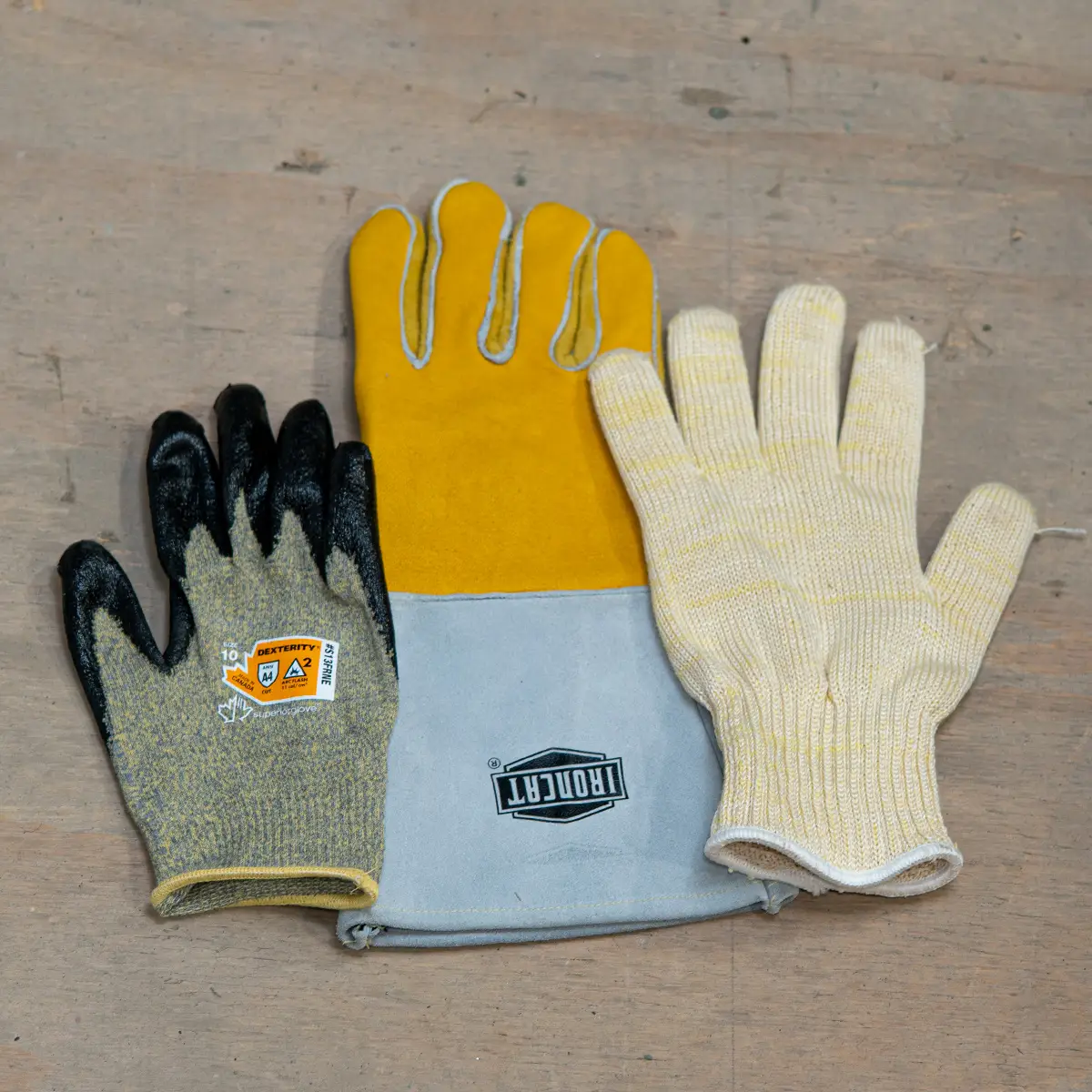

Flame and fire – Are you working with open flames or needing FR PPE?
You don’t have to choose just one. Many workers face multiple hazards at once, so it's important to find gloves that handle a variety of conditions.
Once you’ve identified the hazards, determine the temperature levels you’ll face. If your gloves are rated for 176°F but you touch something at 400°F, you’ll still get burned. Know the maximum temperatures of all the risks you’ll encounter.
Lastly, consider any extra features you might need. For example, TIG welding requires both heat and dexterity. If you’re handling sharp objects, cut resistance is also important. Think through all factors and find gloves that match your needs.
With all this information, finding the right gloves becomes easier. Especially if you're looking for EN407-rated gloves, knowing the required protection level makes the search straightforward.
How to Understand EN407 Ratings
When looking for heat-resistant gloves, the EN407 standard is very useful. It provides a small badge that gives important information. But if you don’t understand what you're seeing, it can be confusing.
Let’s break it down. There are two types of EN407 badges. One has a flame symbol, indicating the gloves are flame-resistant. Flame-resistant doesn’t mean fire-proof—it means the gloves will self-extinguish faster than traditional materials and help prevent the spread of flames. They can still catch fire, but the damage will be less severe.
If the badge has curved lines instead of a flame, it means the gloves are only rated for non-flame heat resistance.
The first digit on the badge represents flame resistance. Even a rating of four doesn’t mean the gloves are fire-proof. It means they will significantly limit flame spread and self-extinguish quickly.


During testing, the glove material is exposed to flame.
- Self-extinguishing within 15 seconds = Level 1
- Self-extinguishing within 10 seconds = Level 2
- Self-extinguishing within 3 seconds = Level 3
- Self-extinguishing within 2 seconds = Level 4
Contact heat is the second digit. This test involves placing the glove material against a heated surface. If the temperature on the inside increases by less than 50°C within 15 seconds, the glove receives that rating.
- 100°C = Level 1
- 250°C = Level 2
- 350°C = Level 3
- 500°C = Level 4
For example, a glove tested on a surface at 350°C would receive a Level 3 rating if the inside temperature doesn't rise more than 50°C in 15 seconds.
Convective heat is the third digit. In this test, the front and back of the glove are exposed to heat from an open flame. The internal temperature is monitored to see how long it takes to increase by 24°C.
- It takes 4 seconds = Level 1
- More than 7 seconds = Level 2
- More than 10 seconds = Level 3
- More than 18 seconds = Level 4
The EN407 badge has six digits, each representing a different heat protection test. Ratings range from 1 to 4, with 4 being the highest. X indicates no rating.
Radiant heat is the fourth digit. Similar to convective testing, but the glove is exposed to radiant heat rather than an open flame.
The internal temperature is again measured to see how long it takes to increase by 24°C.
- 7 seconds = Level 1
- 20 seconds = Level 2
- 50 seconds = Level 3
- 1 minute and 35 seconds = Level 4
Small Splashes of Molten Metal Resistance is the fifth digit. Small droplets of molten metal are dropped onto the glove. The number of droplets before the opposite side heats up 40°C determines the rating.
- 10 droplets = Level 1
- 15 droplets = Level 2
- 25 droplets = Level 3
- 35 droplets = Level 4
Large Splashes of Molten Metal Resistance is the sixth and final digit. A skin-like material is placed under the glove sample, and molten metal is poured onto it. The higher the amount the glove can resist, the better the rating.
- 30 grams = Level 1
- 60 grams = Level 2
- 120 grams = Level 3
- 200 grams = Level 4
Not all gloves are rated in all categories. You may see ratings like X2XXXX, meaning the gloves were only tested for contact heat.
Applying This Information When Shopping for Gloves
Now that you understand the basics, choosing the right gloves becomes much simpler. Once you know the type and level of heat you’ll face, simply look for gloves with the appropriate EN407 rating.
PowerPak offers a wide range of work gloves with protection beyond EN407. Visit our website to explore our selection.
Roller Covered Rhombic Rubber Sheet
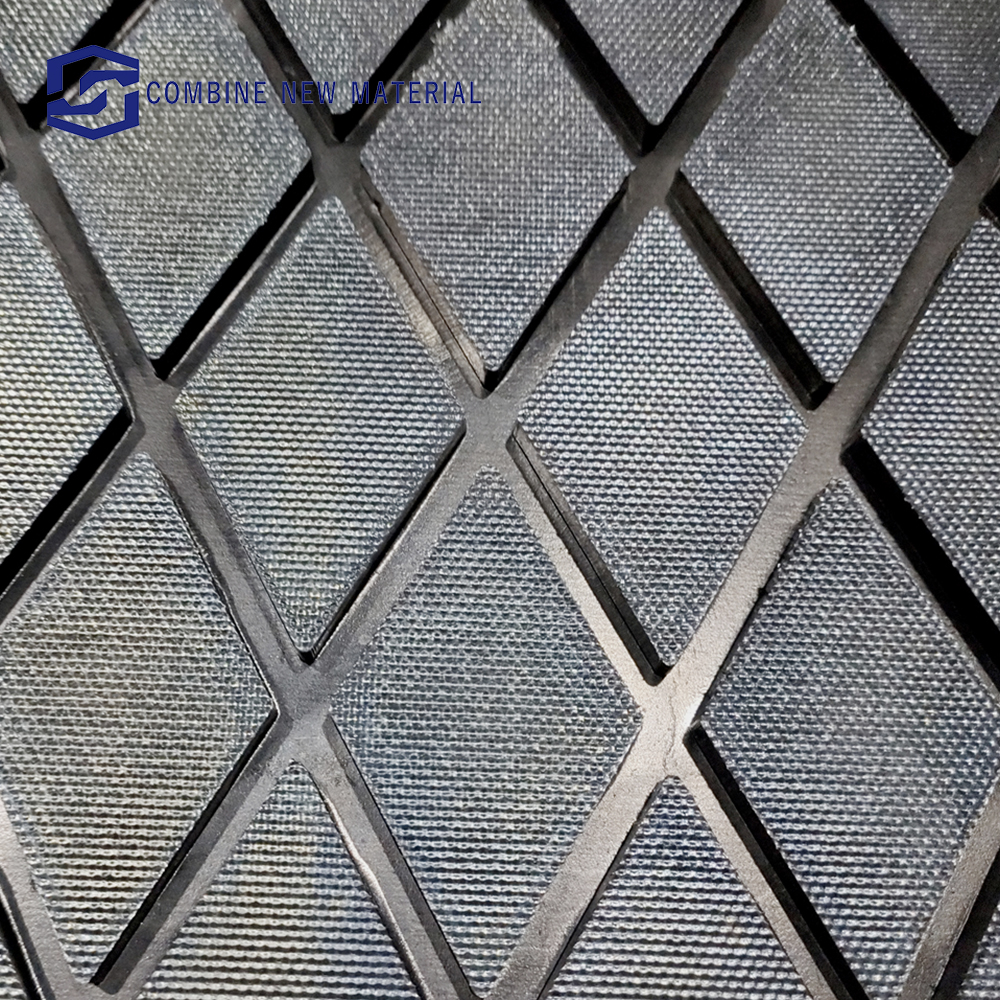
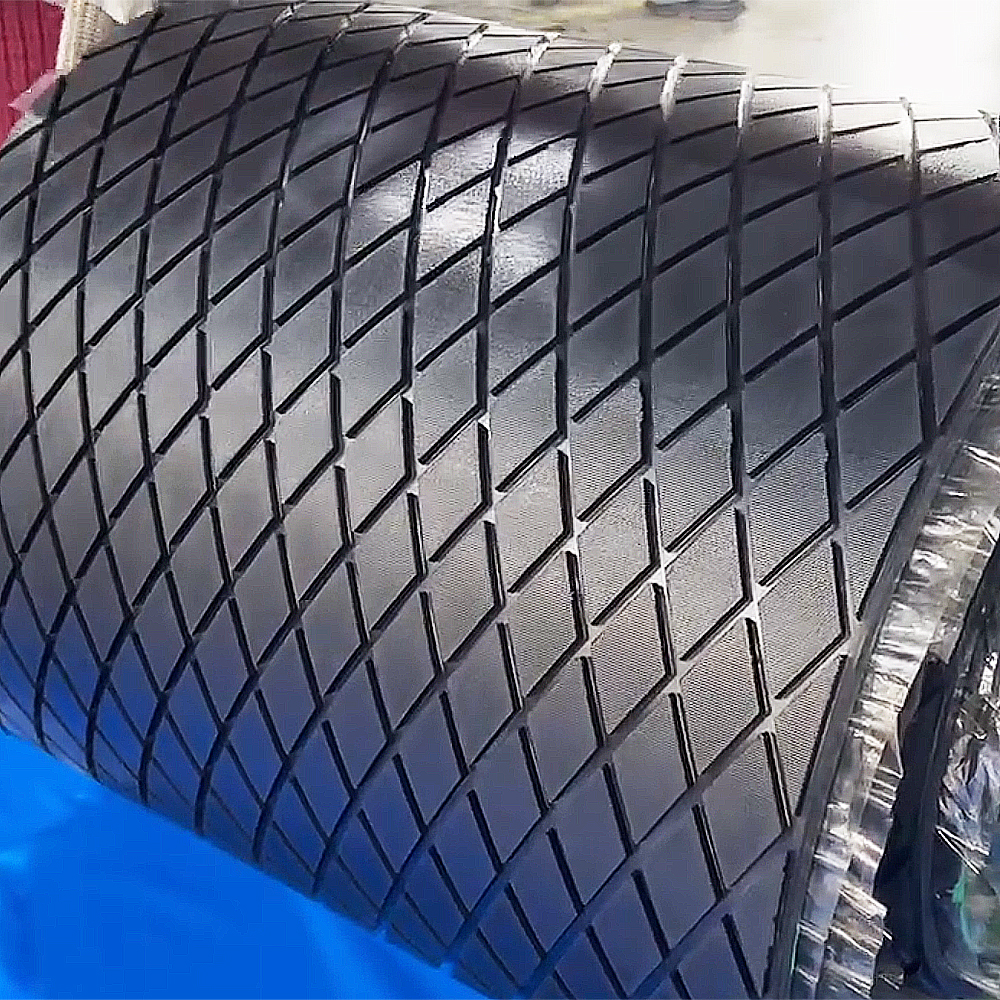
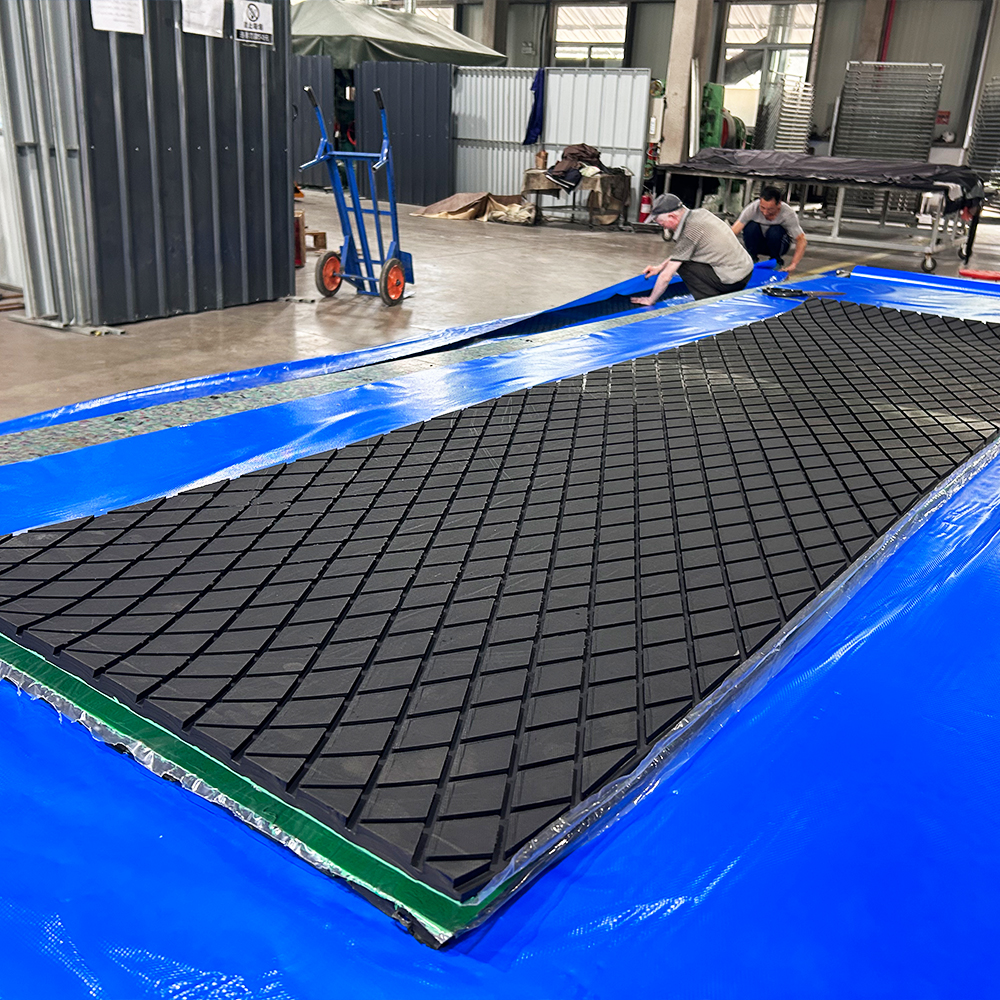
rhombic rubber sheet,pulley lagging rubber sheet,rubber pulley lagging,Roller covered rhombic rubber sheet,rhombic rubber plate
Hebi Shuanglian Trading Co., Ltd. , https://www.slwearrubber.com